Night climbing tips no one told you but should have
- Sunday, Jun 08, 2025, 18:53 (GMT+7)
Night climbing tips no one told you but should have
Night climbing is a unique experience that demands far more preparation and situational awareness than daytime treks. The silence, the starlit sky, and the thrill of moving through darkness can create unforgettable memories. Yet behind that allure lies a series of risks that are often underestimated by those with little experience. Understanding how to climb safely at night is the key to making every step not only breathtaking but also secure.
The first reality to accept is that darkness significantly reduces visibility. This impacts everything from navigation to reaction time. A high-lumen headlamp with backup batteries that last at least six to eight hours is essential. Handheld flashlights are not advisable, as they occupy one hand and can compromise your ability to grip terrain or respond to emergencies. Always keep the beam directed toward the ground to avoid casting misleading shadows or blinding climbers behind you.
Choosing the right trail can be a matter of life and death. Steep, rocky, or poorly marked routes should be avoided during nighttime. Areas with a history of accidents due to falls or disorientation in the dark should be thoroughly researched using topographical maps and local community advice. A little-known but highly effective tip is to select routes that have rest stations or shelter points along the way for mid-climb recovery or emergency halts.
The best time to begin a night climb is around 2 to 3 AM. At this hour, the body has rested somewhat, the darkness starts to fade, and temperatures are less extreme. Starting earlier than midnight increases the risks of drowsiness and physical fatigue. Some accidents have occurred simply because the climber was not yet fully alert or physically ready.
Night climbing attire needs to be warm yet flexible. A base thermal layer, stretchable long pants, a lightweight windproof jacket, and high-grip trekking shoes form the basic outfit. One important but often overlooked detail is avoiding dark clothing, which makes it harder to be seen. Attaching reflective tape to your backpack or ankles can make you more visible to others in the group, especially in low light.
Physical readiness is non-negotiable. If you are experiencing fatigue, cold symptoms, stomach issues, or lightheadedness, postpone the climb. Some seasoned climbers have fallen into traps of overconfidence, thinking familiarity with a trail is enough, only to find themselves vulnerable due to poor health. Essential items include fever reducers, insect repellent, rehydration packets, bandages, and energy gels. Avoid snacks that cause dehydration or indigestion, like sugary pastries or instant noodles.
Group formation plays a critical role in safety. A group of three to six is ideal, and at least one member should be familiar with night climbs on that route. The front runner doesn’t need to be the strongest but should have excellent navigation skills and calm problem-solving instincts. Newcomers should not be placed at the rear where they are harder to monitor. A small whistle attached to both the lead and last climber can be used as a quick signal tool when voice communication fails.
Night movement must be slower than day pace by at least 30 percent. Every step should be deliberate. Running or jumping to save time is a dangerous gamble. When facing slippery slopes, rocks, or shallow streams, only one person should pass at a time. Maintain a safe one-meter distance to avoid collisions or being pulled off balance if someone slips.
Navigation and communication are frequently underestimated yet decisive. A pocket GPS device or a smartwatch with coordinate tracking is a major asset. Offline route maps should be stored on your phone. Your SIM card should be switched to the provider with the best coverage in the area. In signal-dead zones, a small emergency beacon using radio waves can be a lifesaver, especially on remote climbs.
Dense fog or low moonlight can lead to complete disorientation. In such cases, stop moving immediately, switch on all lights, and check your maps. Avoid random turns based on guesswork. A smart fallback is to return to the last known landmark or marked point rather than venturing further into uncertainty.
Sounds travel farther at night, so pay attention to unusual noises. Never wear headphones during a night climb as it reduces your ability to stay alert. Agree on simple auditory signals like stick taps, short whistles, or rhythmic claps to maintain group coordination. If someone gets separated, avoid shouting in panic. Instead, rely on consistent light signals and calm noise cues to guide them back.
A lesser-known but valuable trick is to assign nicknames to key trail segments or landmarks, such as “Y-shaped tree” or “triple rock bend.” These terms help the team communicate and remember specific points more easily. In addition, tying reflective thread to certain tricky junctions can guide the group back if a turnaround is needed in the early dawn or in emergencies.
Ideally, the climb should finish as dawn breaks. Descending in darkness, when the body is tired and alertness is lower, poses high risks. If a descent before sunrise is unavoidable, take a 30-minute rest, eat something light, and check all safety gear thoroughly before proceeding.
Night climbing is not for those who underestimate nature or over-rely on instinct. Every successful journey is the result of preparation, knowledge, and a healthy respect for potential risks. With the right skills and mindset, darkness is no longer an obstacle but a majestic part of the adventure itself.

 CHECKIN.VN
CHECKIN.VN

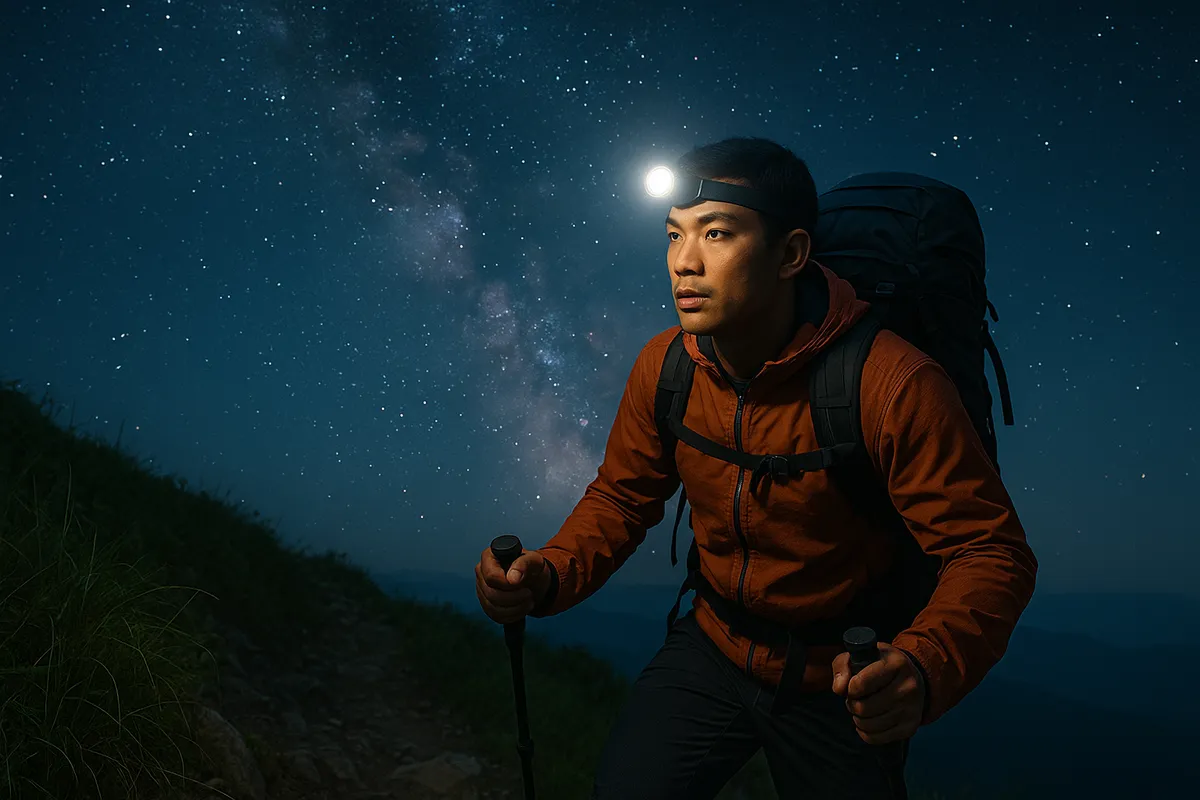
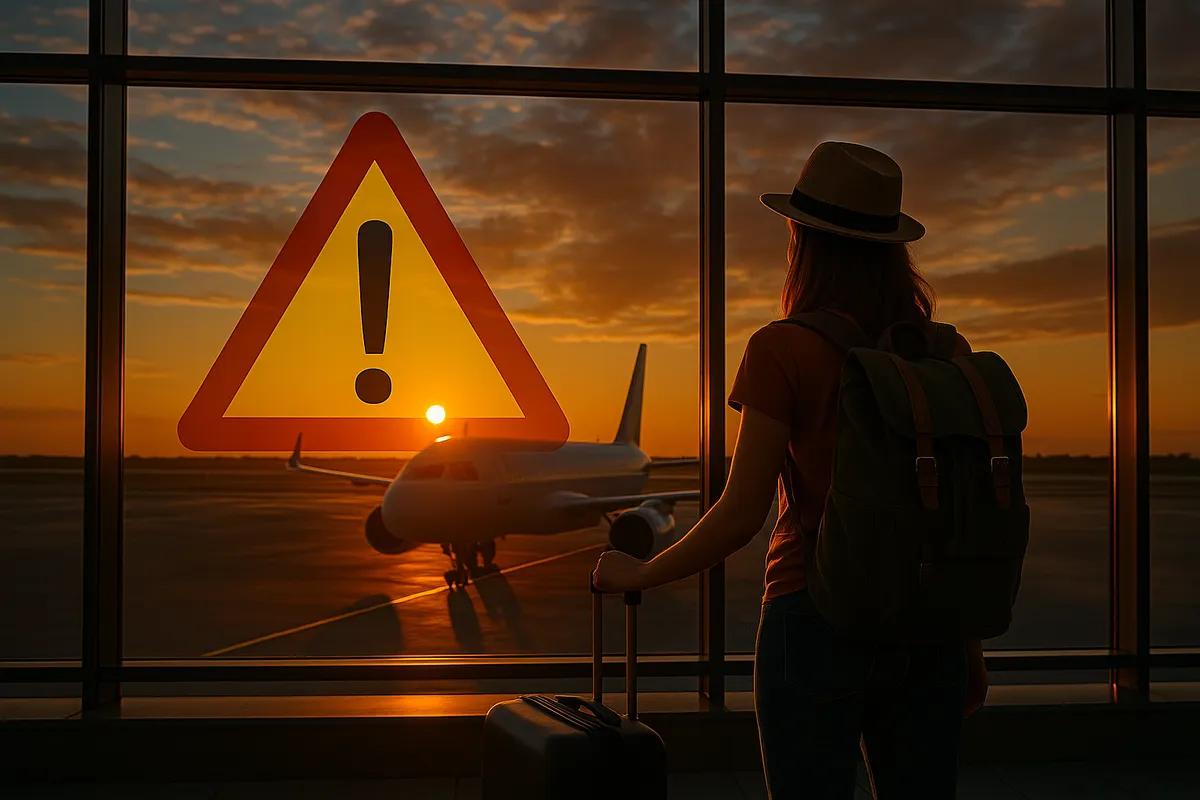
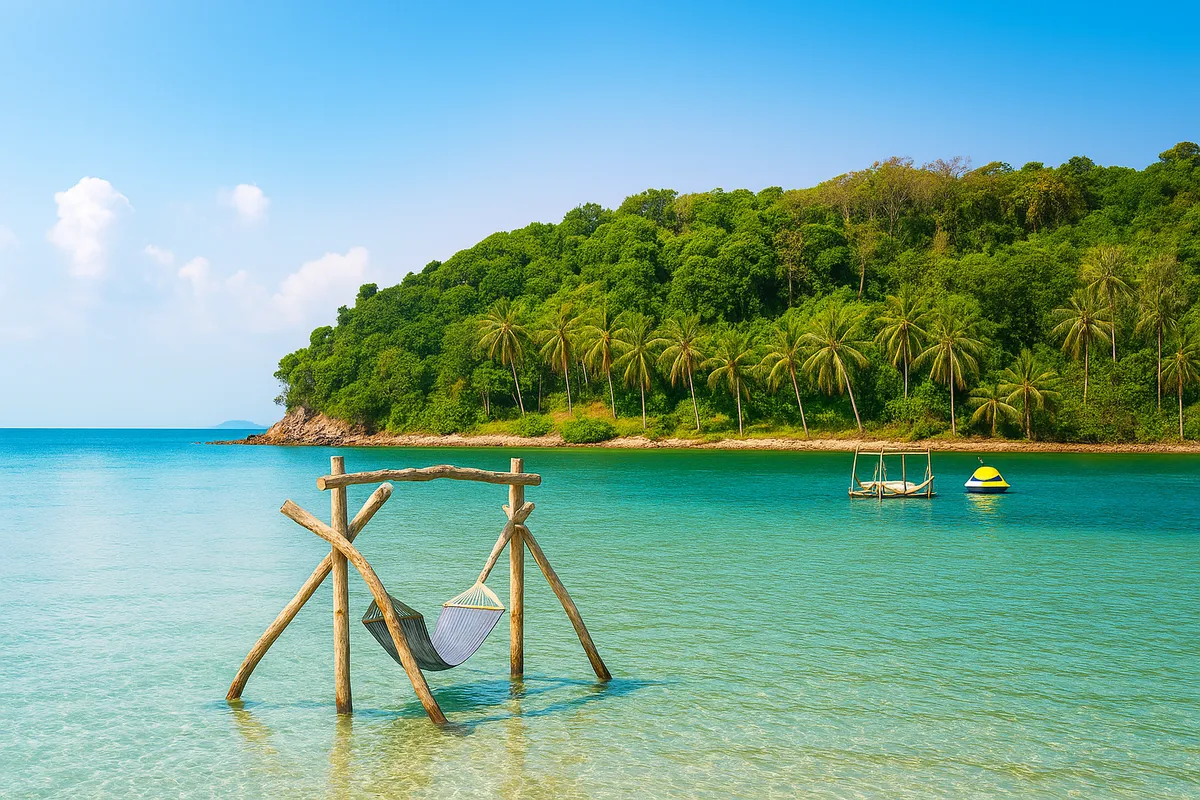
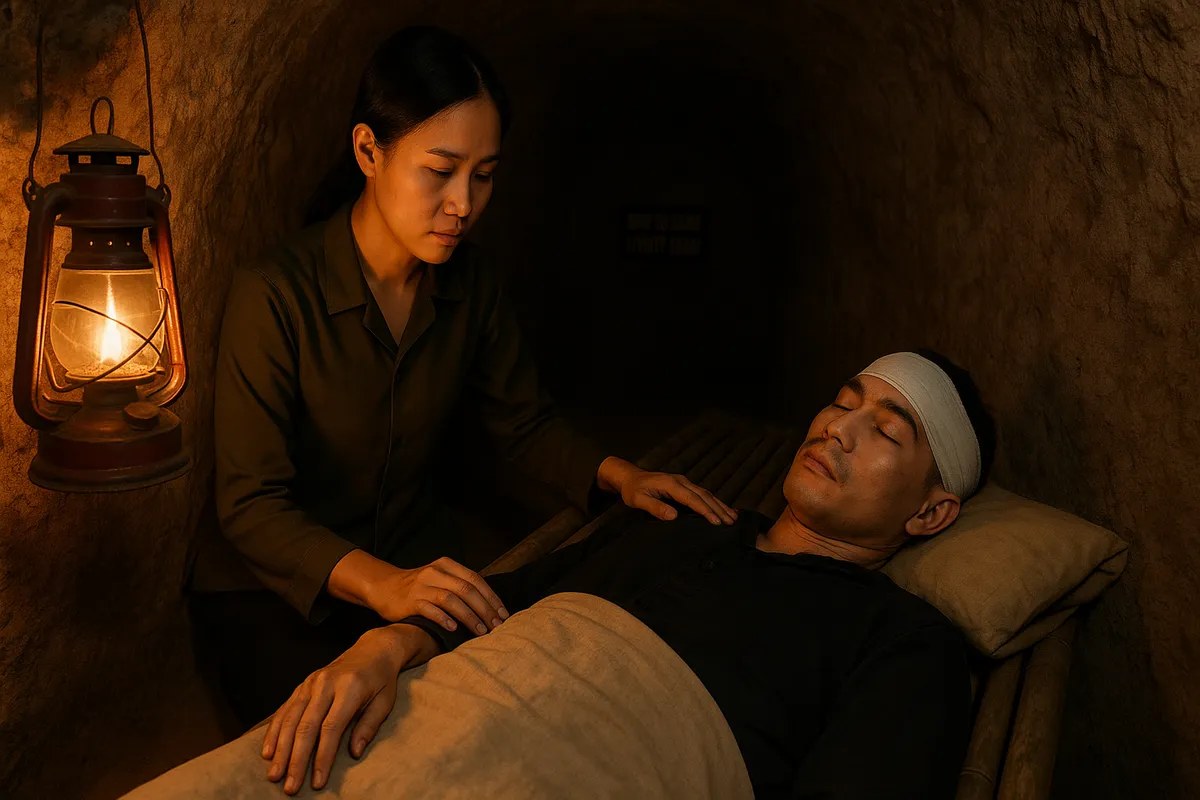

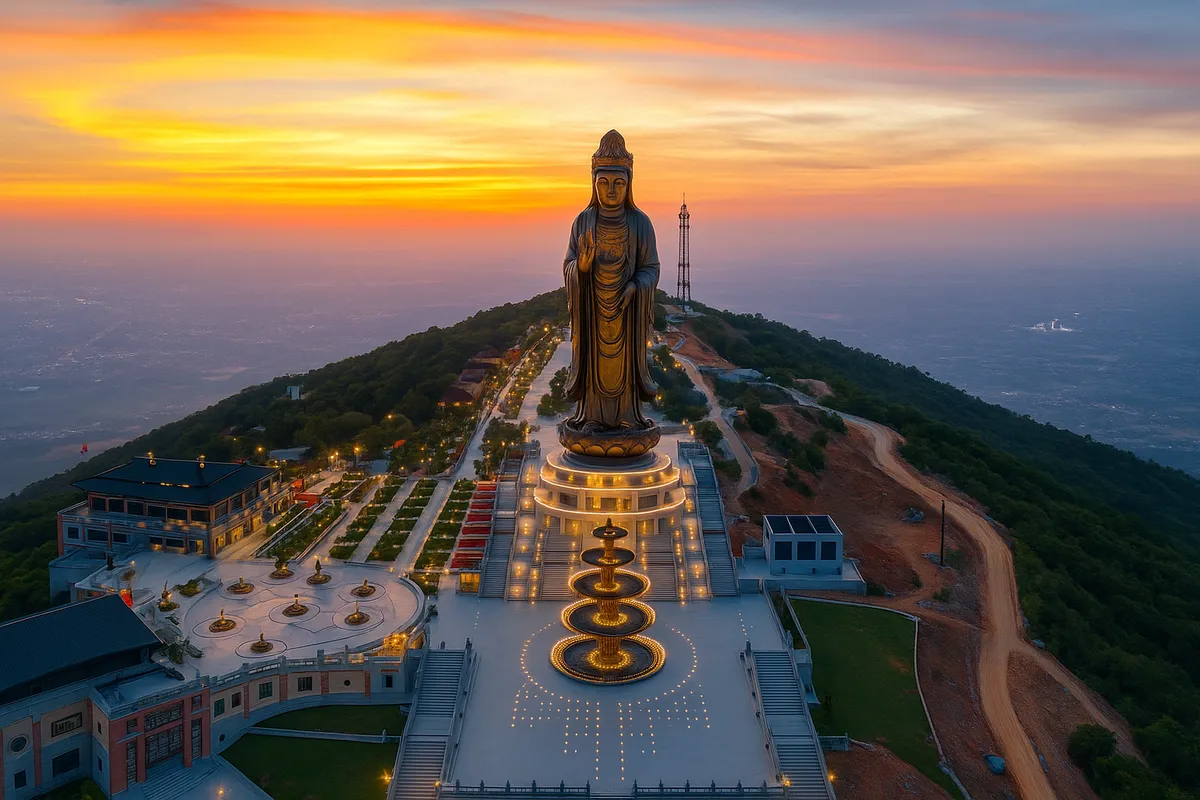
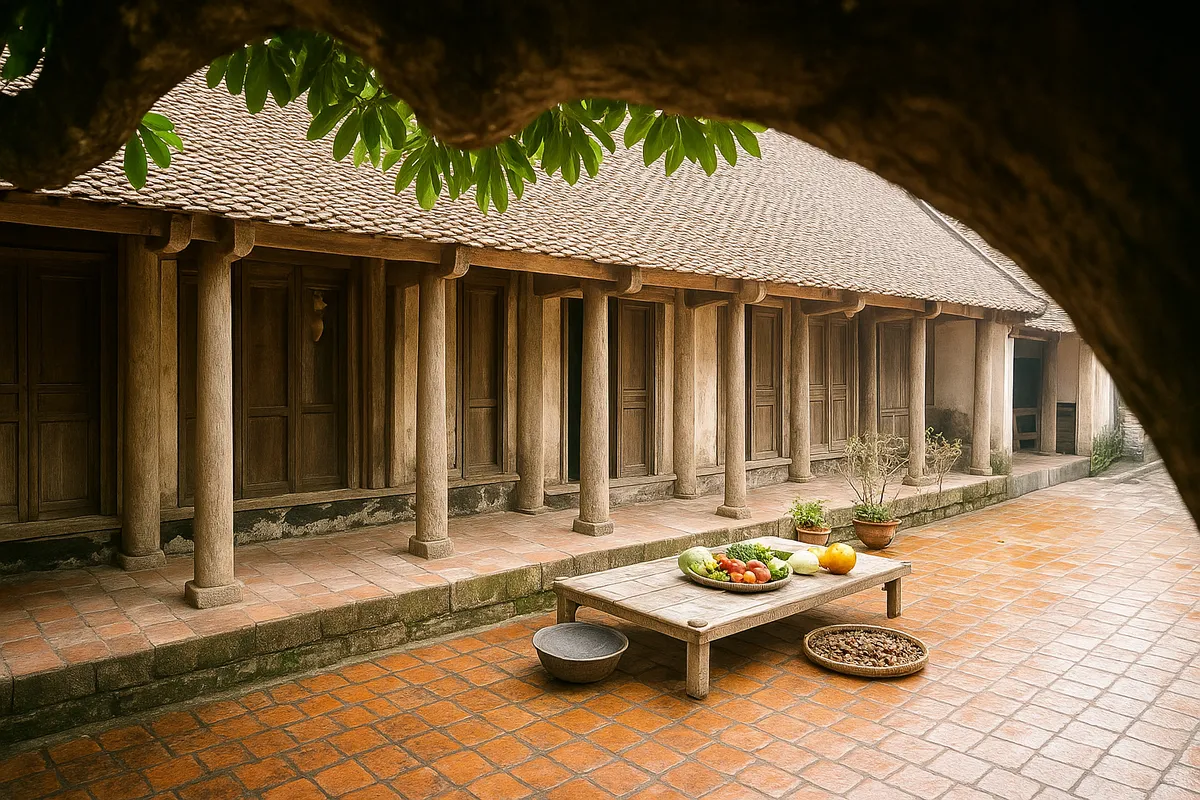
Share on